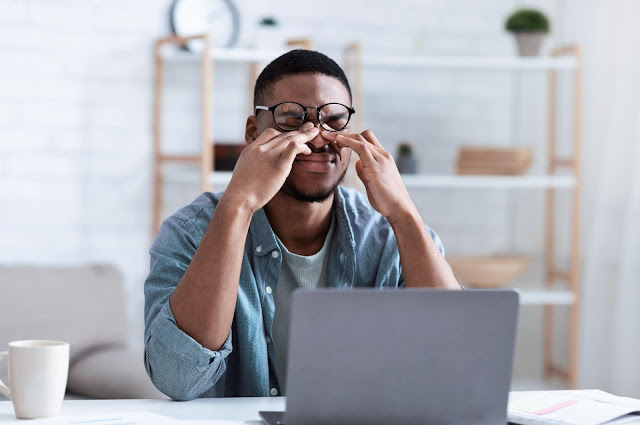Dry eye is a common condition that affects millions of people worldwide. When tears are not produced in sufficient amounts or evaporate too soon, it happens. This may cause discomfort, irritability, and even harm to the eye's surface. The symptoms of dry eye may fortunately be treated with a variety of methods. In this article, we will explore the root causes of dry eye and how dry eye treatment can help.
Anatomy of the Eye
To understand dry eye, it is helpful to have a basic understanding of the anatomy of the eye. The eye is made up of several different structures, including the cornea, iris, pupil, lens, and retina. The lacrimal glands secrete tears, which lubricate and maintain the moisture of the eye.
Tear Film
The tear film is a thin layer of fluid that covers the surface of the eye. It is made up of three layers: the mucin layer, the aqueous layer, and the lipid layer. The aqueous layer nourishes the cornea, while the mucin layer aids in the tear film's adhesion to the eye. The lipid layer helps prevent the tears from evaporating too quickly.
Root Causes of Dry Eye
There are many factors that can contribute to dry eye, including:
Age: Tear production tends to decrease as we age, making older adults more susceptible to dry eye.
Environmental factors: Dry, windy, or smoky environments can cause tears to evaporate more quickly, leading to dry eyes.
Medical conditions: Certain medical conditions, such as rheumatoid arthritis, Sjogren's syndrome, and diabetes, can affect tear production.
Medications: Some medications, such as antihistamines, decongestants, and antidepressants, can cause dry eye as a side effect.
Eye surgery: Certain types of eye surgery, such as LASIK, can cause temporary dry eyes.
Symptoms of dry eyes
The symptoms of dry eye can vary from person to person but may include:
Dryness
Burning or stinging
Itching
Redness
Blurred vision
Sensitivity to light
Treatment Options for Dry Eye
There are several treatment options for dry eye, depending on the severity and underlying cause of the condition. These may include:
Artificial tears: Over-the-counter or prescription eye drops can help lubricate the eyes and relieve dryness.
Prescription medications: Prescription medications, such as Restasis or Xiidra, can help increase tear production.
Punctal plugs: Tiny silicone or collagen plugs can be inserted into the tear ducts to help tears stay on the surface of the eye longer.
LipiFlow: This procedure uses heat and pressure to help clear clogged meibomian glands and improve the quality of the tear film.
Lifestyle changes: Simple changes, such as taking breaks when using the computer, using a humidifier, or wearing wraparound sunglasses, can help alleviate dry eye symptoms.
Preventative Measures for Dry Eye
There are several things you can do to help prevent dry eyes, including:
Staying hydrated: Drinking plenty of water can help keep your body hydrated and promote healthy tear production.
Eating a healthy diet: A diet rich in omega-3 fatty acids, such as salmon or flaxseed, can help improve the quality of the tear film.
Taking breaks: Taking regular breaks when using the computer or reading can help prevent eye strain and dryness.
Wearing sunglasses: Wearing sunglasses with wraparound frames can help protect your eyes from wind and sun.
Conclusion
It's critical to comprehend the underlying reasons for dry eye in order to properly treat and avoid the problem. People can lessen the painful symptoms of dry eye and retain healthy eyesight by practicing preventative measures and seeking treatment at the first sign of the condition. With the help of an experienced optometrist, such as those at AussieSpecs, patients can receive personalized care and find relief from dry eye.

